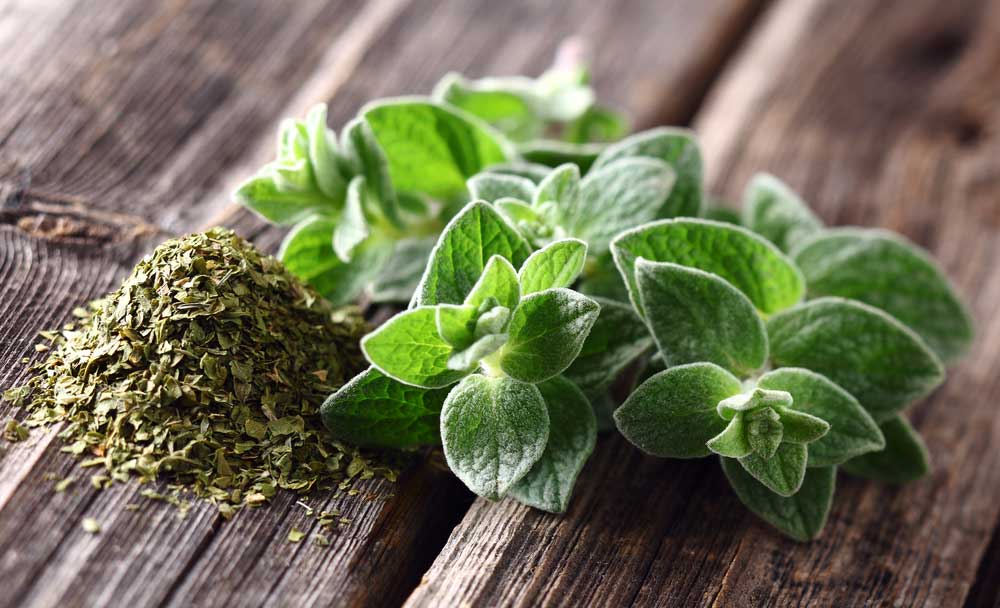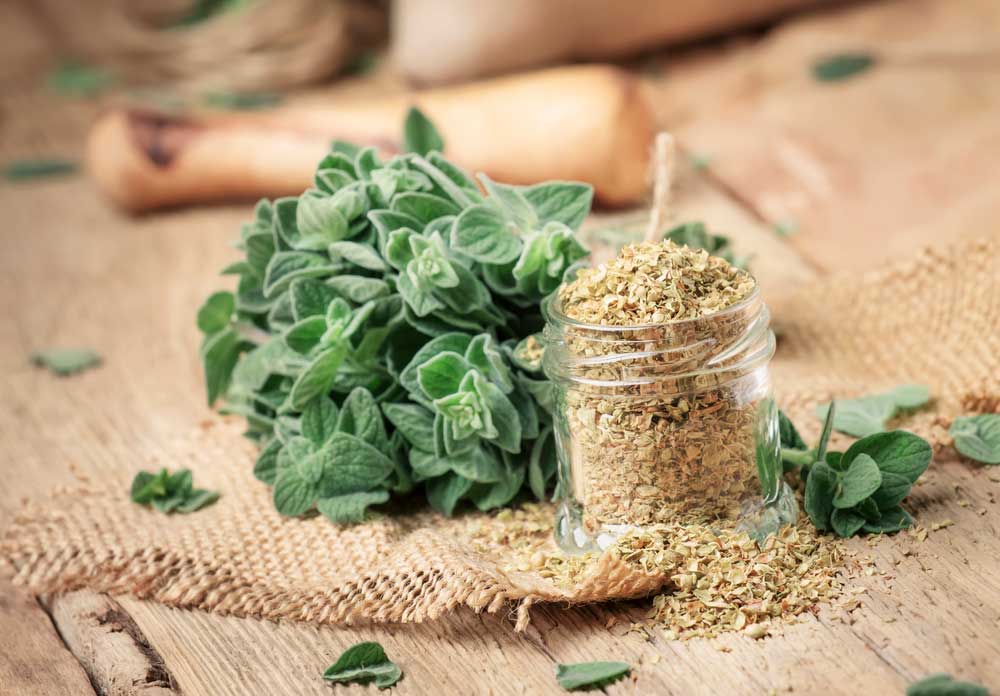He thought of pizza, he thought of oregano. But did you know that oregano can (and should) integrate other dishes? Especially the fresh oregano.
Yes, despite the fact that dehydrated oregano is the most popular version of the herb, fresh oregano should not have anything when it comes to aroma and flavor.
And to have fresh oregano always at hand, nothing better than growing it in your own home. That's why we brought in today's post tips on how to plant and grow oregano, follow.
Benefits of oregano

That oregano goes far beyond pizza you already know, but would you know to say what are the nutritional benefits of this plant? Well then we'll tell you.
Oregano is rich in carvacrol and thymol type antioxidants. These two antioxidants are great allies in preventing free radical damage, helping to prevent cancer and heart disease.
Oregano is also considered antiviral and bactericidal. Studies carried out with the plant have shown that the substances present in oregano help fight certain types of viruses and bacteria, such as herpes simplex and Escherichia coli.
The antioxidant compounds in oregano still help to fight inflammation, especially those of chronic origin.
Oregano is also a source of vitamin K, A, C and the B complex, in addition to important minerals such as zinc, magnesium, calcium, iron, copper, manganese and potassium.
However, it is worth remembering that to obtain certain benefits of oregano, it is necessary to consume a high dose of the plant, which usually does not happen in culinary use.
That is why many people end up consuming oregano in the form of tea or in the version in essential oil (only topical use, in this case).
But regardless of the benefits, one thing is certain: oregano makes any dish more tasty and that's why it's worth having a little plant at home.
How to plant oregano
Good news for those who don't have much experience with plants: oregano is super easy to plant and care for.
Remembering that oregano can be planted in pots, planters, beds, gardens and even in pet bottles. That is, it will not be for lack of space that you will stop having this herb at home.
In general, oregano does well in all types of soil, even those that are poorer in nutrients. But if you want to see your plant grow happily, then the tip is to offer a mixture of prepared soil with half a portion of common soil and half a portion of substrate.
If you can put some sand in it, even better. Oregano loves more calcareous soils.
Below are some options on how to plant oregano.
Seeds
A simple, but more time-consuming way to plant oregano at home is through seeds. You just need to buy one of those seed packs sold at garden stores.
The next step is to prepare the soil and create a good drainage system, if you are planting the seeds in a pot.
Then make small dimples, about 0.5 cm deep. Place the seeds inside the pits and sieve a thin layer of soil over the top.
Water and protect the seeds from the strong sun. If you do everything right in two weeks, the oregano seeds will start to germinate.
Touceira
The second way of planting oregano is from clumps taken from an already grown plant. In this case, the plant must be healthy and measure more than 15 centimeters.
Remove a clump of the mother plant and carefully replant it in another pot. Place this new plant in a bright place, but protected from direct sunlight. Water and wait for about two weeks until it "catches".
Seedlings
You can also choose to buy ready-made oregano seedlings. Nowadays even supermarkets sell aromatic herb seedlings. You just have to choose one, take it home and replant it in a larger pot taking the same care mentioned above.
Cuttings
Finally, you can plant oregano using a method known as cuttings. For this it is necessary to cut a branch of oregano with approximately 10 to 15 centimeters from an adult plant.
Remove excess leaves, keeping only a few at the end of the branch. Dip the branch in a container with water and protect it from direct sunlight.
When you notice the appearance of the roots, plant in the pot or bed.
How to care for oregano

Now that your oregano is already planted it's time to know how to take care of it properly. Check it out:
Light and temperature
Oregano is an herb that needs high luminosity to grow and develop well. This means that the plant needs at least four hours of direct sunlight every day.
For oregano to grow even better, it is important to grow it in places with mild climates, which are hotter than cold. The ideal temperature range for oregano is between 21º to 25ºC.
Watering
Oregano likes slightly moist soil, that is, neither too dry nor too moist. When the plant is mature, it is able to better tolerate periods of scarcity, but while it is still developing, always try to offer water at regular intervals.
When in doubt, always observe the soil before watering.
Fertilizing
Fertilize the oregano every two or three months, preferably with organic fertilizer, such as earthworm humus, animal manure or organic compounds (those taken directly from the domestic compost).
Harvest
Oregano harvesting should be done when the branches of the plant reach more than 20 centimeters in length.
Prefer to harvest only the branches you will use, so the plant does not weaken. However, if you want to dehydrate the oregano leaves for storage, do so when the plant reaches the annual cycle, when the leaves that have not been harvested tend to dry naturally.
To dry the oregano leaves, hang the branches in a shaded place and then place them to dry a little more in the sun.
Care and some more tips to take care of oregano
- Avoid planting oregano in places with a high concentration of air pollution, such as on the edge of streets, sidewalks and roads. After all, oregano leaves will be consumed and you don't want to ingest pollution, do you?
- Some pests usually attack oregano, such as aphids, caterpillars, mites and ants. Always be aware of the presence of these pests and if you notice any on your oregano tree, do not delay to get rid of them, otherwise they can simply end your plant.
- Always remove weeds from the oregano flower bed or pot. These invasive plants compete for nutrients and space and can weaken your oregano tree.
- The oregano leaves are at the height of flavor and aroma when the first flowers start to appear, which, by the way, are also edible.
- Dried oregano leaves are more aromatic and tastier than fresh leaves, so it is more common to use dehydrated oregano
- When properly cared for, oregano can live for up to five years, producing leaves and flowers all the time.
- In addition to pizza, try using oregano to flavor oils, cheeses and preserves. The herb also goes well with roasted vegetables, red meats and salad dressing.
And then, ready to plant your own oregano?



